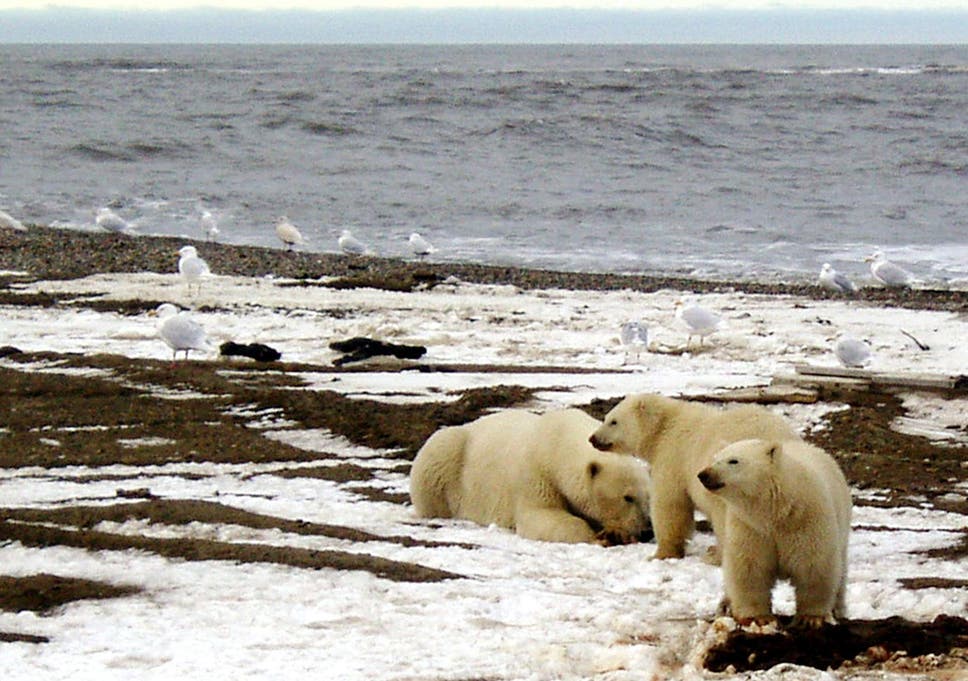The Arctic is currently going through a severe heatwave, with temperatures recently reaching a record of 38 degrees Celsius (100.4 degrees Fahrenheit), on the backdrop of expanding forest fires. In response, scientists have raised the alarm, warning over the acceleration of global warming.

The record-high temperature was registered in the city of Verkhoyansk, Russia. But the Siberian town isn’t alone. Much of Russia has recently been dealing with a heatwave, with multiple locations reporting temperatures as high as 45 degrees Celsius (113 degrees Fahrenheit).
“Apparently, this particularly region of eastern Siberia has very, very cold extremes in winter, but is also known for its extremes in summer, so temperatures above 30 degrees Celsius in July are not unusual,” World Meteorological Organization spokeswoman Clare Nullis said in a statement. “but obviously 38 degrees Celsius is exceptional.”
The surprising hot weather was also registered in other parts of the Arctic such as northern Canada and Scandinavia. Meteorologists agree it is part of a pattern seen this year of higher temperatures in usually cool areas of the world. This type of weather stands to have global consequences and foreshadows the future of the Arctic.
Russia is emerging from its hottest winter on record, and since the beginning of the year, temperatures have averaged 12.4 degrees Fahrenheit above what’s typical in Siberia. And this polar heat has led to a string of woes for the region, from a major oil spill stemming from thawing permafrost to early wildfires north of the Arctic circle.
More than four million hectares of forests in Siberia were on fire last August, according to Greenpeace. This year the fires have already started raging much earlier than the usual start in July, said Vladimir Chuprov, director of the project department at Greenpeace Russia.
Persistent warm weather in the Arctic coupled with wildfires can cause the permafrost to melt faster. This would exacerbate global warming by releasing growing amounts of methane, a strong greenhouse gas, Katey Walter Anthony, an expert on methane release from frozen Arctic soil, told AP.
“Methane escaping from permafrost thaw sites enters the atmosphere and circulates around the globe,” Anthony said. “Methane that originates in the Arctic does not stay in the Arctic. It has global ramifications.”
And what happens in the Arctic can even alter the weather in the United States and Europe. The unusual warming can reduce the temperature and pressure difference between the Arctic and lower latitudes where more people live, Judah Cohen, a winter weather expert, told AP.
Meteorologists at the Russian weather agency Rosgidrome said a combination of factors can explain the temperature spike in the Arctic. “The ground surface heats up intensively, the nights are very warm, the air doesn’t have time to cool and continues to heat up for several days,” said Marina Makarova, chief meteorologist.
Researchers said the spike is indicative of a much bigger global warming trend. “The key point is that the climate is changing and global temperatures are warming,” Freja Vamborg, senior scientist at the Copernicus Climate Change Service in the U.K, told AP. “We will be breaking more and more records as we go.”


